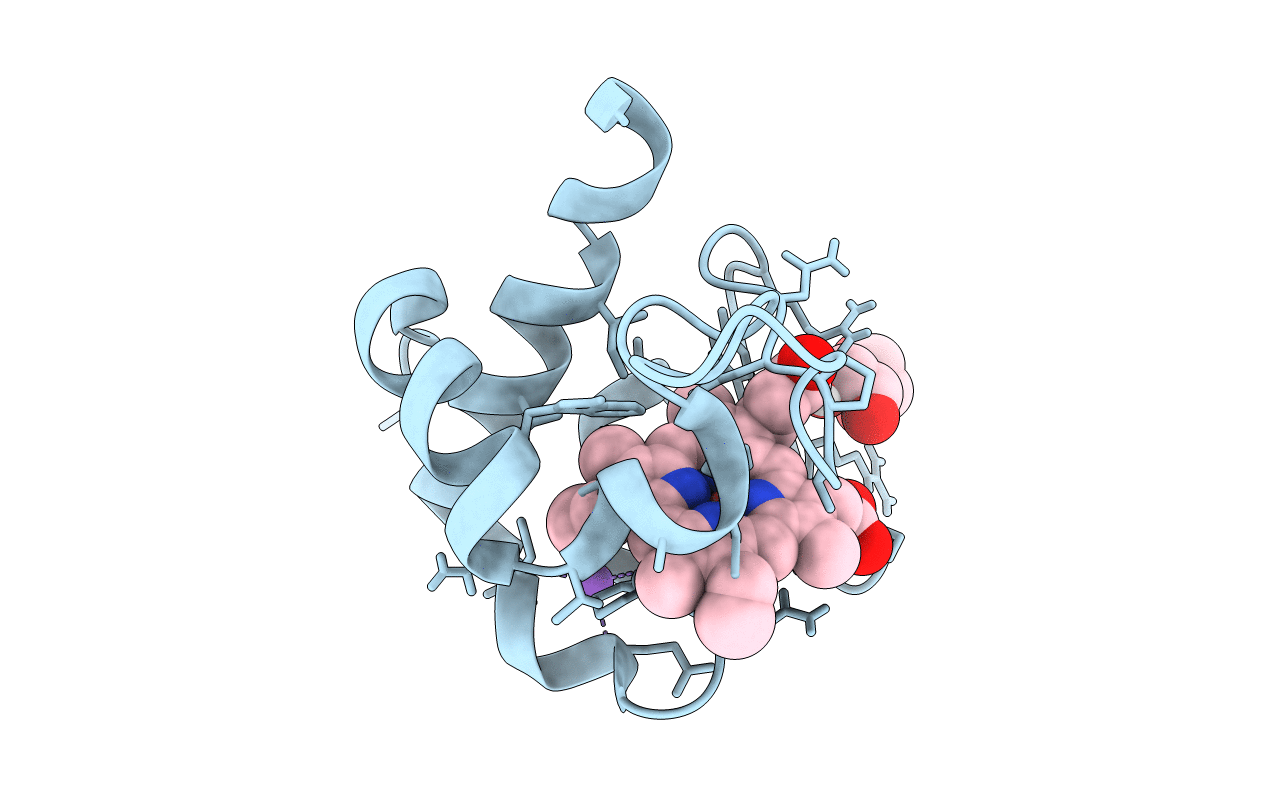
Deposition Date
2020-11-25
Release Date
2021-07-21
Last Version Date
2024-10-16
Entry Detail
Biological Source:
Source Organism:
Cellvibrio japonicus (strain Ueda107) (Taxon ID: 498211)
Host Organism:
Method Details:
Experimental Method:
Resolution:
1.20 Å
R-Value Free:
0.12
R-Value Work:
0.11
Space Group:
P 2 21 21


